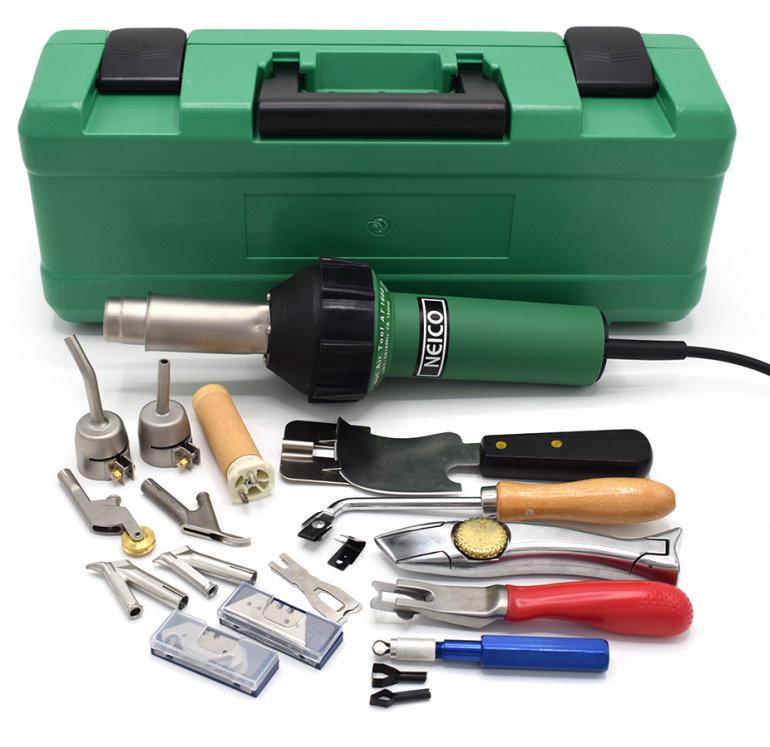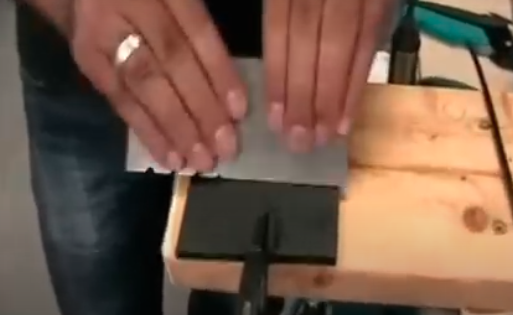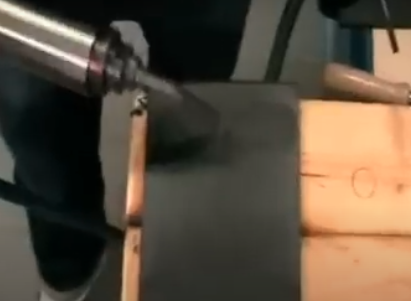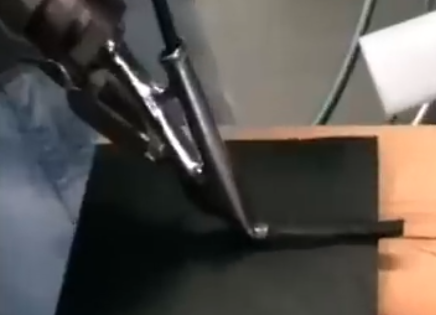+86 512 5879 0108
+86 512 5879 0108
Plastic welding is a method commonly used to join plastic parts, especially when bonding does not guarantee an adequate or permanent connection. This method is especially suitable for plastics that are difficult to bond, such as polyethylene (PE) and polypropylene (PP).
Equipment for welding plastics

Hot air welder:
Most suitable for welding plastics, the cost is relatively low, suitable for occasional welding plastic users.
It can generate uniform hot air and make the plastic surface reach the fusion level.
Hand-held extruder welder (manual extruder) :
Greatly improve the welding speed, suitable for a large number of daily welding workshop.
The cost is high.
Simple soldering iron:
May be sufficient for very simple repairs, but is not recommended for more demanding welds.
Choice of electrode
Material matching: The electrode must be made of the same plastic as the plastic part to be welded.
Thickness selection: The thickness of the electrode should be determined according to the thickness of the plastic sheet and the width of the desired weld. For example, a 3mm electrode can be used for a 2mm thick plastic sheet, while a 4-5mm electrode is recommended for thicker sheets.
Welding procedure
Surface pretreatment:

Remove the oxide layer and burr from the plastic surface to ensure the welding quality.
Also remove impurities from the surface of the welding wire.
Heating electrodes and plastic surfaces:

Use a hot air fan welder or a hand-held extrusion welder to heat the electrode and the plastic surface to be welded until they reach the fusion level.
Take care to control the temperature to avoid burning the material.
Welding operation:

The molten electrode is evenly spread on the plastic surface to form a weld.
If multiple welds are required, make sure each layer is completely cooled before proceeding to the next.
Trimming weld:
If there are protruding or overflowing welds, they can be trimmed using a cutter or sand block to get a flat, flush weld.
Welding temperatures of different plastics
ABS (acrylonitrile-butadiene-styrene) : The welding air temperature should be between +270°C and +310°C.
PS (Polystyrene) : The welding air temperature should also be between +270°C and +310°C.
PE (polyethylene) : Welding air temperature should be between +220°C and +280°C.
PP (polypropylene) : Pay close attention to the temperature level and heating time during welding to avoid burning. The air temperature should be between +230°C and +280°C.
PVC (polyvinyl chloride) : It is also necessary to pay close attention to the temperature and heating time when welding, because PVC burns quickly and releases harmful gases. The air temperature should be between +250°C and +280°C.
By following the above steps and precautions, you can successfully solder various plastic parts for a safe and durable connection. I hope this information will be helpful to your plastic welding work.
ZHANGJIAGANG NEICO TOOLS CO., LTD.
Add.: NO.17-18, Building 6, International Trade City, Tangqiao Town, Zhangjiagang 215600, Jiangsu, China
Mob: +86 139 1570 3340
Tel.: +86 512 5879 0108
Fax: +86 512 5879 0108
Skype: neicotools
E-mail: sales@neicotools.com
Web: www.neicotools.com
Products
Site Map